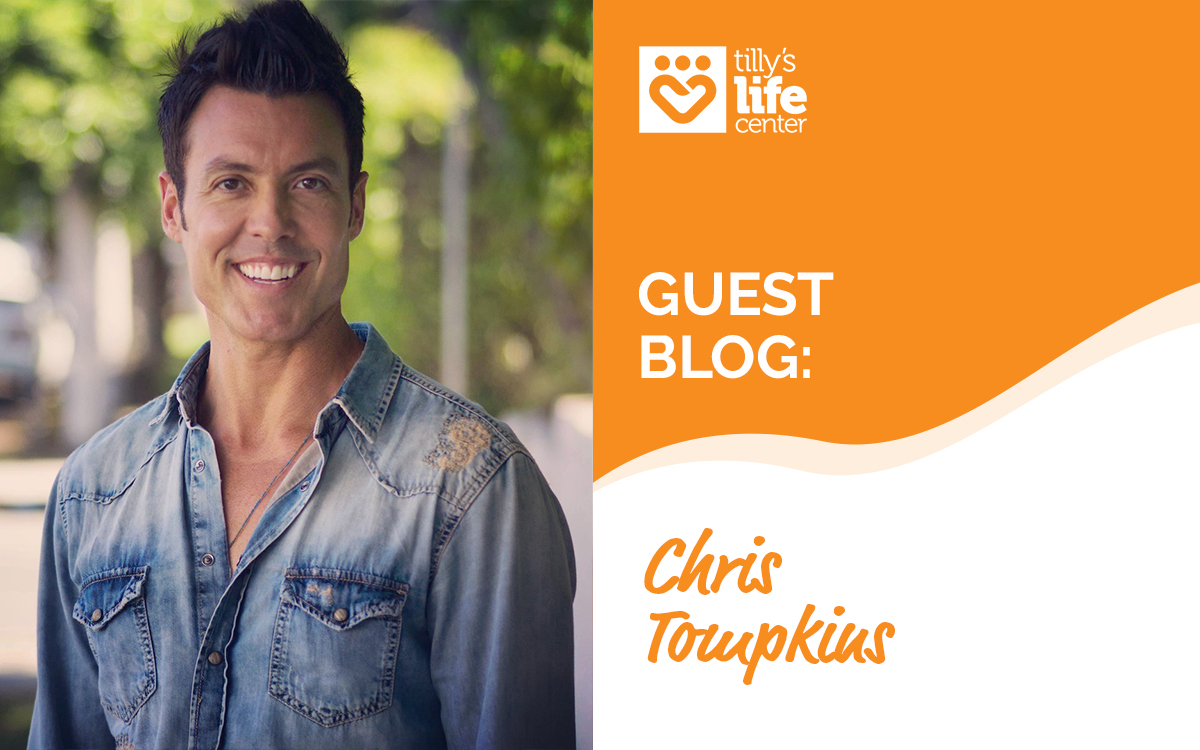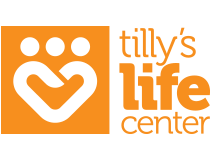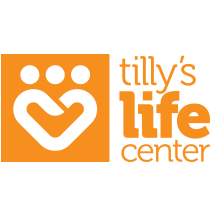
17 Jun Guest Blog: Chris Tompkins
Pride Through Education: How to Help Raise and Teach LGBTQ Allies
by TLC facilitator, Chris Tompkins
As parents and educators, it is our job to create a space for the kids in our homes, classrooms, and communities to thrive. But what does this really mean? When we thrive, we can walk through life feeling accepted and open to be fully ourselves. For kids, this can be a tall order — especially when the world makes you feel forgotten or misunderstood. So how do we change the narrative and make thriving possible — and do so for all kids? Well, we can start by actively challenging old norms and abandoning our preconceived assumptions. Let’s take responsibility and start advocating for all. But what does this look like? And how do we make it happen?
Eradicating Assumptions
The truth is, heteronormativity pervades society. As a result, many parents, friends, teachers, and even strangers automatically assume that a child is heterosexual and cisgender (the sex assigned at birth is the same as a person’s gender identity). And, in most cases, they’re right. Statistically speaking, the population is made up of a vast heterosexual and cisgender majority. But, this idea and the assumptions that go along with it miss an important fact of life: gender and sexuality exist on a spectrum.
Making assumptions about a child’s gender identity and sexual orientation can weave shame into the fabric of their newly forming system of beliefs. In order to prevent this, we can work to help more parents and educators, consider and be open to the real possibility that children in their life might be LGBTQ. When we make inclusivity a priority, and keep it at the top of our minds, we project that positive energy. As leaders and role models, our actions of inclusivity are raising LGTBQ allies.
Challenging the Norm
Despite the fact that human gender and sexuality exist on a spectrum, we live in a heteronormative world. Students grow up, and mature while learning in microcosms of the world around them. The messages that children receive from pop culture and even what they learn inside the classroom, is through a heteronormative lens.
When I was 8 years old, I knew that I was gay. Living in a heteroromative world, I was surrounded by assumptions that people made about my identity. Something as seemingly harmless as the assumption that a boy would be a “ladies man” can be damaging. In truth, comments like these contributed to me hiding in the closet. Even well-meaning statements can cause children discovering their identities to feel misunderstood, forgotten, and hurt — just to scratch the surface.
Taking Responsibility
It is the responsibility of all educators to avoid making assumptions about their students’ identities. There are several points to consider when making the choice to be an inclusive educator:
- In all circumstances of our upbringing, we subconsciously grow up surrounded by societal messages. We use these collective ideas to formulate the belief systems that we use to interpret the world. In order to interrupt heteronormative norms, we must retain an awareness of our implicit biases.
- Homophobia and transphobia exist within heteronormativity. Even subconscious beliefs that LGBTQ is lesser than or wrong are homophobic and transphobic.
- When working with youth, it is vital to understand that sexual orientation, gender identity, gender expression, and biological sex are all unique and different in meaning and in practice.
- Silence sends a message. Teachers without LGBTQ-inclusive materials are implicitly communicating a lack of open-mindedness and support to their students.
- Heteronormativity keeps students in the closet and perpetuates shame.
Combating Shame
According to Dr. Brene Brown, children prone to shame are more likely to engage in high-risk sexual behaviors, drop out of school, use drugs in an increased capacity, and commit suicide. As a researcher on shame and vulnerability, Brown spoke about shame’s negative impact on the classroom at the 2017 SXSW EDU Conference. During her keynote address, she explained that because learning is an inherently vulnerable experience, it truly cannot happen if students are unable to be vulnerable.
The feeling of safety is required for vulnerability — something simply unavailable to LGBTQ youth in the closet. Being an ally for the LGBTQ community and supporting same-sex marriage is just the first step. Alone, this is not enough to stop heteronormativity from pervading the classroom. Here are five proactive steps for educators to take their support a few steps further:
- Understand that at least one child in your class might be LGBTQ.
- Prioritize inclusivity by using LGBTQ examples in classroom discussions and materials.
- Have supportive LGBTQ-related resource materials, stickers, books, or signage on hand.
- Create a safe space that is open and affirming for all.
- Have authentic conversations where you and your students can be vulnerable and ask questions.
Taking these steps can help keep children from hiding in the closet. The only place children should have to learn is where they can feel safe and thrive.
Be the Change
What are ways you can start now to be proactive about inclusivity? How will you implement these steps in your life, not just with the kids in your home or classroom, but everywhere? Every person and every comment counts — so be the change that kids need to feel safe and be themselves. Let’s leave the closet for clothes, and bring all kids, regardless of their gender or sexual identities, out into the light so we can all thrive together.
Chris Tompkins is a TLC facilitator and the author of Raising LGBTQ Allies: A Parent’s Guide to Preventing the Messages from the Playground. Click here to order his new book with a 30% Pride month discount using code: RLLGBTQ30.


